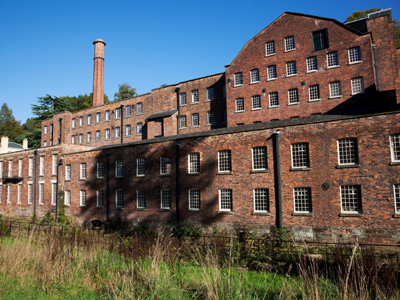
The Industrial Revolution 04
This KS3 History quiz is our final look at the Industrial Revolution. Machinery was being invented constantly during the Industrial Revolution. These developments meant that by the 1830s it needed only 750 workers to produce as much yarn as it would once have taken 200,000 people to spin!
As the new machinery was introduced into factories, employers were able to save money by employing unskilled labourers. This angered skilled workers as more and more were unable to find work. There were various protests, the most well known being that of the Luddites. This group was formed in Nottingham in 1811 and smashed machinery. They were not against the machinery, they were against the fact that their skills were being replaced by machines and unskilled workers.
The first practical steam engine was made by Thomas Savery. It had no moving parts but was able to lift water from mines.
Ready for more?
not all...
quizzers. Try to win a coveted spot on our Hall of Fame Page.







